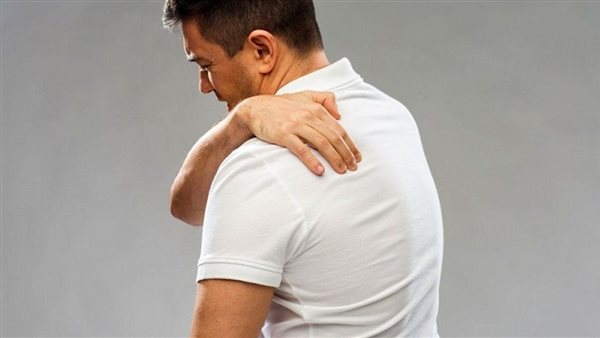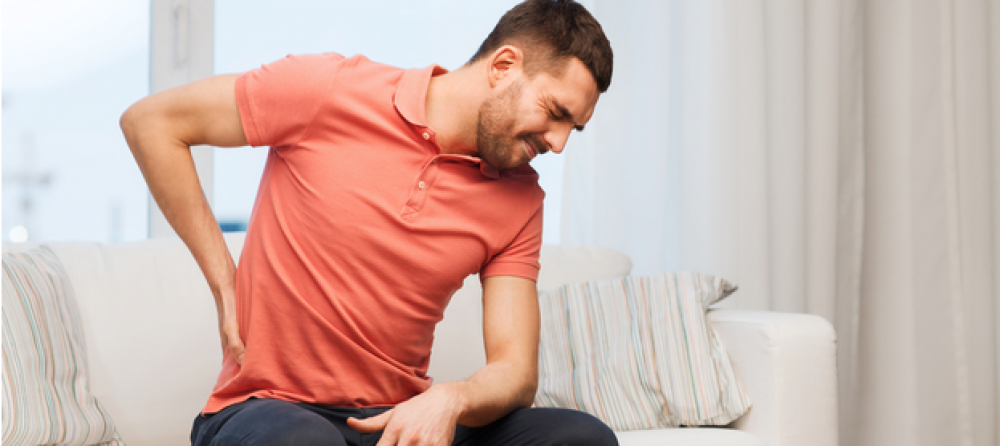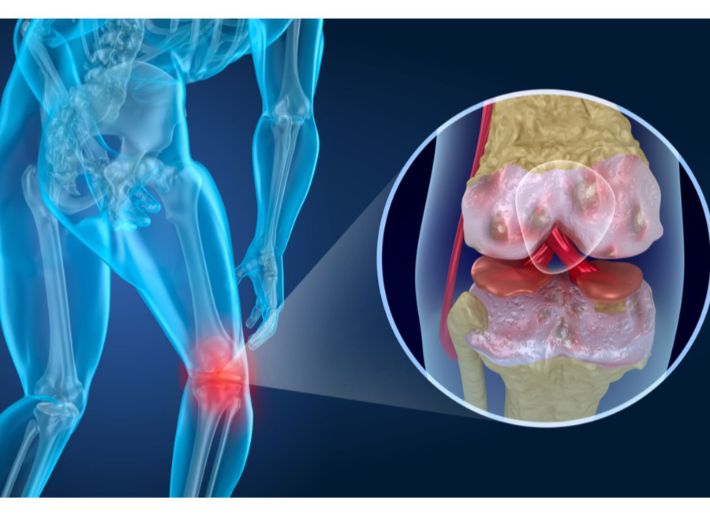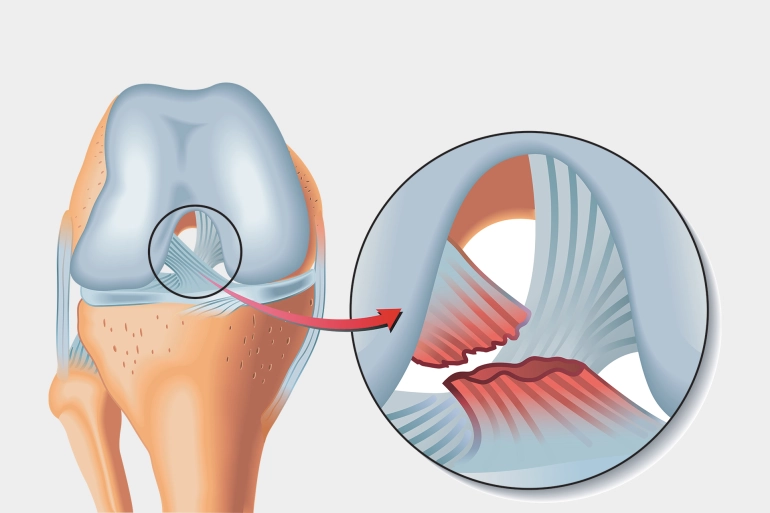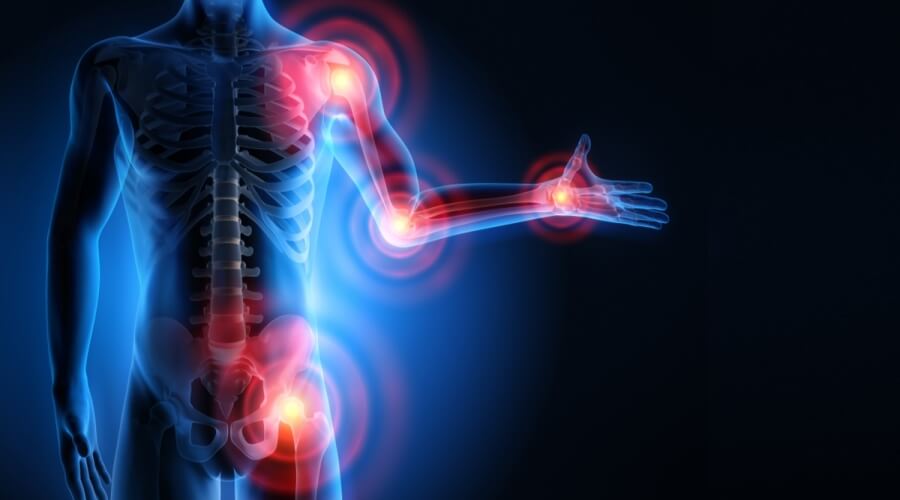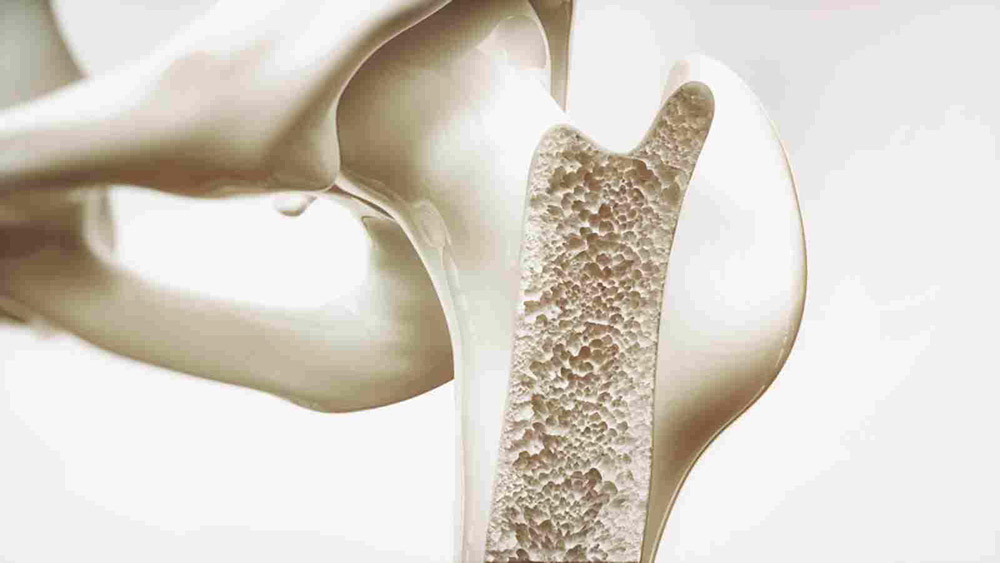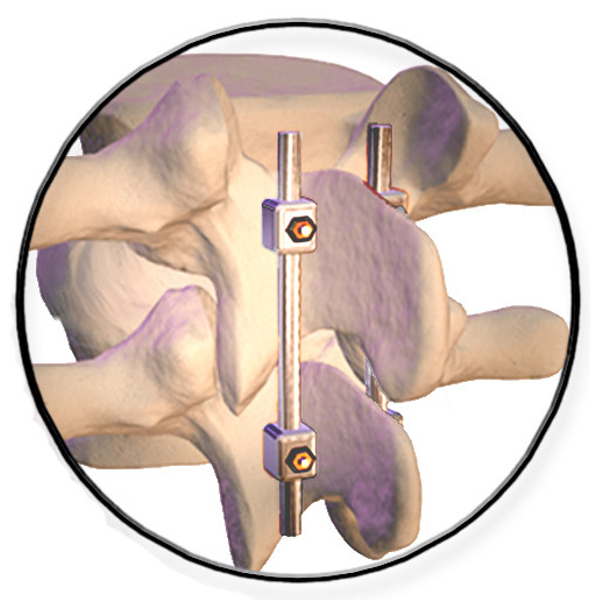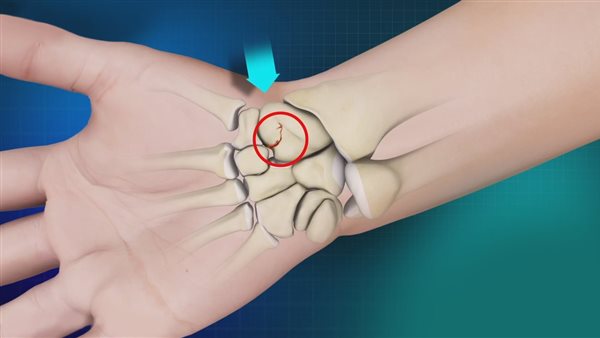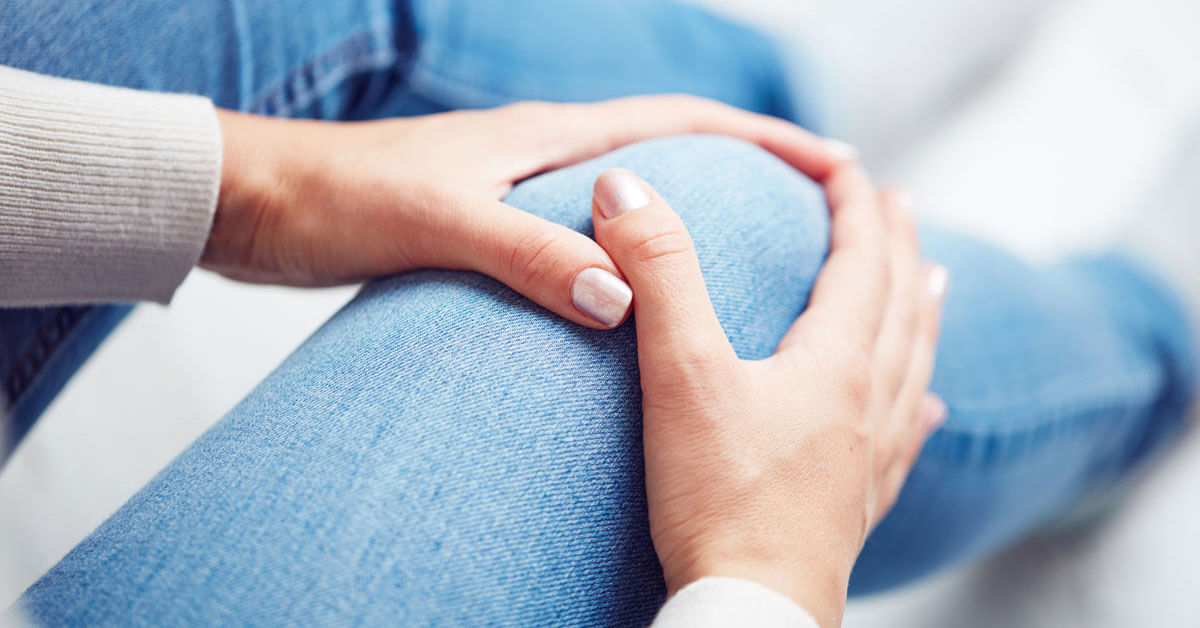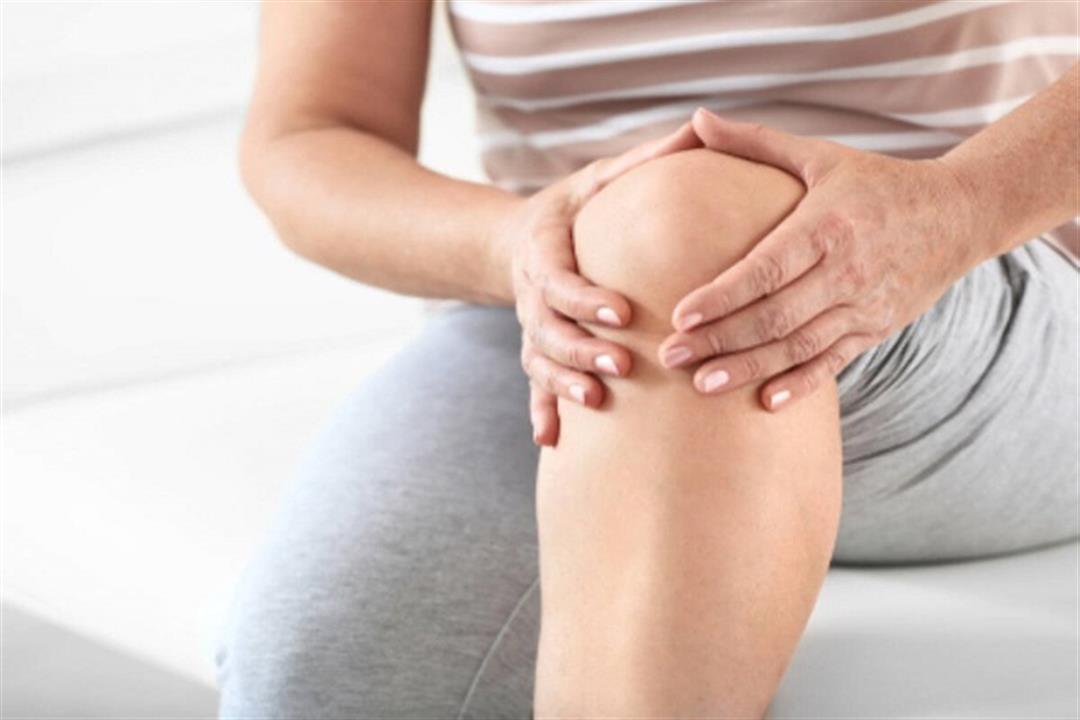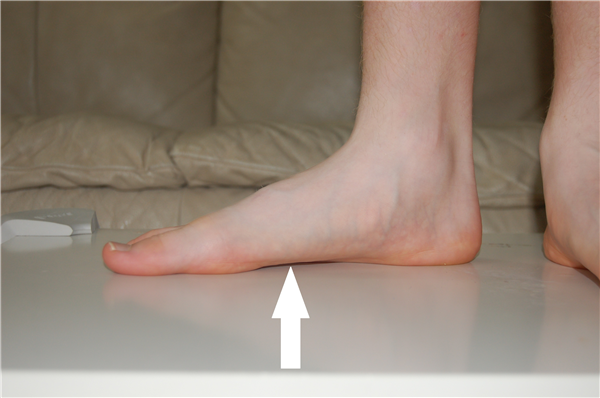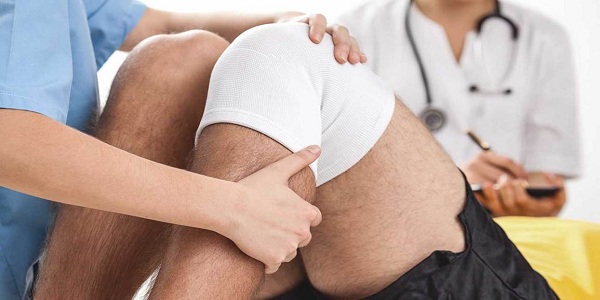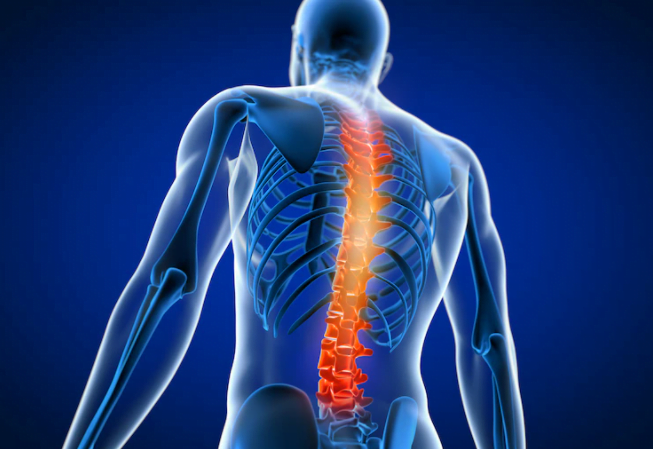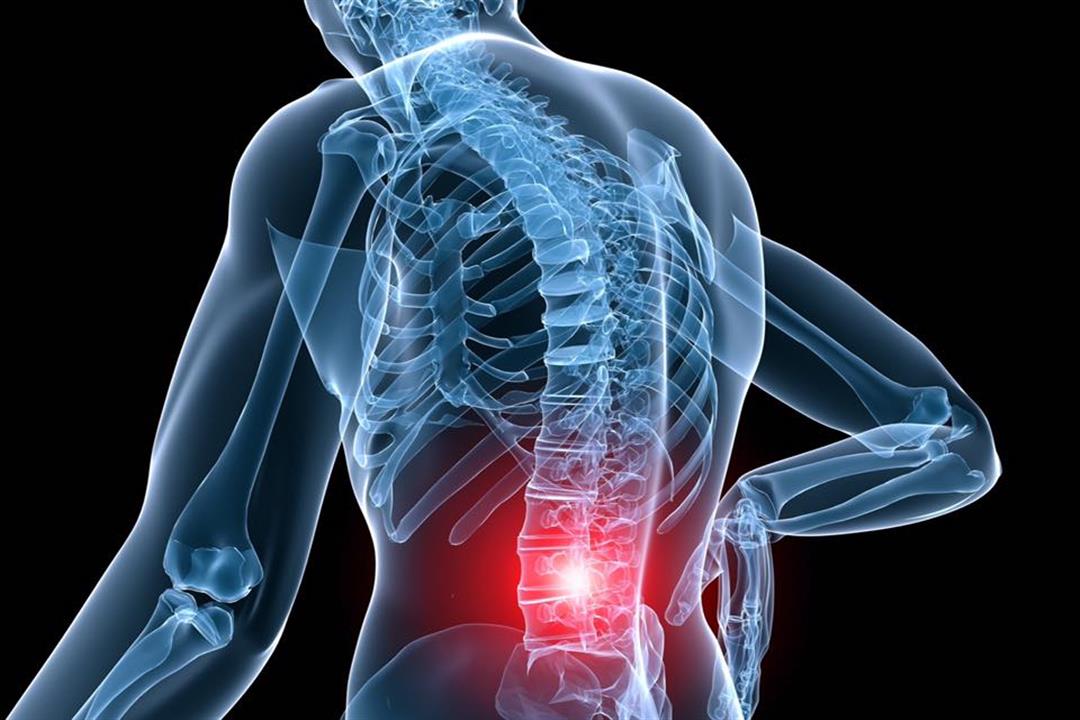Pelvic pain in men
Pelvic pain that affects men may have many causes, some of which may be simple and others very serious, and in the following article, we will learn about all the causes that lead to this happening and how to treat them, so let us read the following.
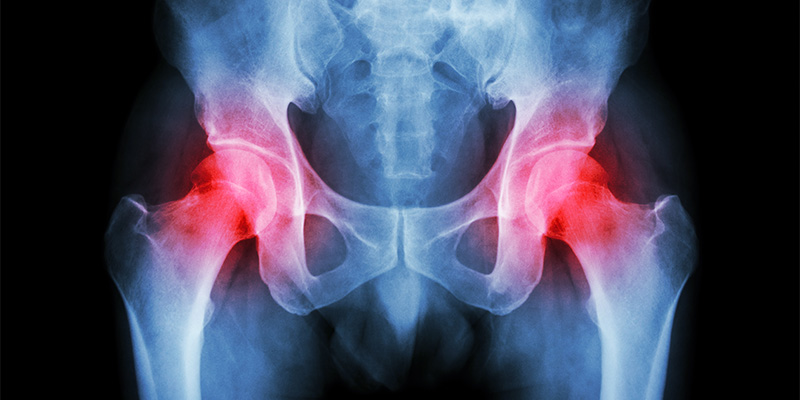
Pelvic pain in men
Pelvic pain is not only restricted to women, but it may affect men as well, as they may feel pain in the area between the lower abdomen and the buttocks, and there are many reasons behind this happening, and some of them are very simple and can be treated in easy ways, but there are some Other cases in which this may be an indication of something serious, and for this reason, it is better to consult a specialist doctor as soon as you feel that something is wrong.
Pain in the pelvic area in men
As soon as a man feels pain in the pelvis, he must hurry to go to a specialized doctor in order to diagnose the condition well and find out the most appropriate medicine that he will get, and the diagnosis is made by following the following:
- Physical diagnosis by a specialist.
- Prostate-specific antigen test.
- Urodynamic test.
- Cystoscopy.
- Ultrasound of the abdomen.
- Magnetic resonance imaging.
- Computed tomography.
Pelvic pain in men
The treatment of pelvic pain that affects men varies according to the main cause that may have led to this occurrence, and the following method is used in treating most causes:
- Pain relievers: These are taken to relieve pain, for example, non-steroidal pain relievers.
- Antibiotics: They are used in case of bacterial infections such as bacterial urinary tract infections or bacterial prostatitis.
- Antidepressants: A specialist doctor dispenses them along with some medications in order to control the psychological and physical effects of chronic pelvic pain.
- Muscle relaxants: They are used in the case of kidney stones.
- Surgical procedures: A surgical intervention such as is done to break up large kidney stones may be required.
Low back and pelvic pain in men
There are many causes of lower back and pelvic pain, such as:
- Exposure to falls or moving bikes.
- Osteoarthritis.
- Ankylosing spondylitis affects the joints of the spine.
- Sacroiliitis.
- psoriatic arthritis;
- Consequences of the process of installing an artificial joint.
- Excessive exercise.
Treatment of lower back and pelvic pain in men
Low back and pelvic pain that affects men There are many treatment methods that are used to reduce the severity of pain, such as:
- Rest: The individual must take a measure of rest for a few days, taking care to avoid overdoing it, as this may cause stiffness in the joints.
- Physical therapy: the focus is on doing some light sports that help strengthen the joints and relieve pain, such as yoga and massage.
- Compresses: Both cold and warm compresses must be done alternately between each in order to relieve muscle tension, spasms, and associated pain.
- Taking medications: It is possible for the individual to take some medications that do not require a doctor’s consultation, such as non-steroidal anti-inflammatory drugs or acetaminophen, and this is in normal and moderate cases, but if the pain is more severe, the individual needs muscle relaxants and analgesics that contain a steroid.
- Using a corset: It is possible to use a corset similar to a belt in the back area in the event that the sacroiliac joint is out of place, which causes these pains.
- Injections: Many injections that relieve pain, such as those containing lidocaine, are used in addition to steroid injections to relieve pain and inflammation.
What causes pelvic pain in men?
Pelvic pain that affects men may have many health causes, each of which is distinguished by observing the symptoms that appear on the individual, such as:
Urinary tract infection
This occurs as a result of the individual picking up a bacterial infection, and this inflammation is in the urinary tract of the man, which consists of the urethra, ureters, bladder, and kidneys. In the event that the pelvic pain is a result of suffering from infections in the urinary tract, this may be associated with the following symptoms:
- Suffering from severe burning in the urine.
- The urge to urinate all the time.
- A change in the color and smell of urine.
- Fever and bouts of chills.
- Pain in other areas, such as the lower back.
- The appearance of blood in the urine.
Sexually transmitted infection
There are many sexual diseases whose symptoms include pelvic pain, for example, gonorrhea and chlamydia, and the pain resulting from sexual diseases is associated with the following symptoms:
- urethritis;
- Penis secretions.
Prostatitis
Prostatitis occurs most often as a result of a bacterial infection, and it is accompanied by many symptoms, including:
- Fever.
- chills
- difficulty urinating
- Burning feeling while urinating.
- Waking up during the night to go to the bathroom.
- Pain when ejaculating.
other problems
There may be some diseases and health problems that may affect the individual in the pelvis and cause pain in it, including:
- Irritable bowel syndrome.
- Appendicitis.
- kidney stones.
- Cystitis.
- Benign prostatic hyperplasia.
- Lower abdominal hernia.

